
|
|
Font Size:
|
||||
|
|
|
|
||||
STATISTICAL BRIEF #152:
Asthma Treatment and Management among the U.S. Civilian Noninstitutionalized Population, 2004
Highlights
- Of those who reported having been told by a doctor that they have asthma, more than two-thirds or 68.5 percent (18.8 million people) reported that they still have asthma (active asthma).
- Of those who have active asthma, 48.0 percent reported an asthma attack in the past year.
- A higher percentage of children had asthma attacks in the past year than those age 18 and older (52.3 percent versus 46.3 percent).
- Persons with active asthma used quick-relief medications at a higher rate than long-term preventive medications for controlling asthma (30.9 percent versus 13.5 percent).
- More than one-fourth of persons (26.2 percent) with active asthma reported having a peak flow meter at home.
Introduction
Asthma is a chronic respiratory disease. It is one of the most common long-term diseases for children. Asthma attacks can vary from mild to life threatening and involve shortness of breath, cough, wheezing, chest pain or tightness, or a combination of these symptoms. Asthma medication can be inhaled or taken as a pill. The medication comes in two types: quick relief and long-term control. Quick-relief medicines control the acute symptoms of an asthma attack.
This Statistical Brief uses data from the Household Component of the 2004 Medical Expenditure Panel Survey (MEPS-HC) to estimate treatment regimens of persons who reported that they were ever told by a physician or other health professional that they had asthma. The brief presents data on medications and devices as they are used by different population groups. All comparisons discussed in the text are statistically significant at the .05 level unless otherwise noted.
Findings
Asthma is a disease that causes the airways of the lungs to tighten. An asthma attack occurs when the lungs do not get enough air to breathe. An asthma attack can be triggered by a variety of allergens in the air. Common triggers include house dust mites, animal fur, pollen, tobacco smoke, cold air, and viral and bacterial chest infections.
Demographics
In 2004, 9.3 percent of the adult U.S. civilian noninstitutionalized population (27.4 million) reported having been told by a physician at some time that they have asthma. The likelihood of having asthma was higher for women than men (10.4 percent versus 8.3 percent). This relationship was different for children than adults--among children, boys were more likely to have asthma than girls (11.9 percent versus 7.8 percent). (figure 1)
Of those persons who reported having been told by a doctor that they have asthma, more than two-thirds or 68.5 percent (18.8 million people) reported still having asthma (active asthma). A higher percentage of females were reported to have active asthma relative to males (70.9 percent versus 65.4 percent). In addition, a higher percentage of children (0-17) relative to adults (18+) were reported to have active asthma (73.4 percent versus 66.8 percent). (figure 2)
Almost half (48.0 percent) of those who had active asthma also had an asthma episode in the past 12 months. Those age 0-17 were more likely to have had an asthma attack than those 18 and older (52.3 percent versus 46.3 percent). Asthma attack rates in the past 12 months were higher for adult females (18 and older) than adult males (49.5 percent versus 39.9 percent). (figure 3)
Medication and device use
Among those with active asthma, 75.8 percent reported using at least one medication for controlling asthma. Women were more likely to have used at least one asthma medication than men (78.5 percent versus 72.1 percent). (figure 4)
People with active asthma used quick-relief medications at a higher rate than long-term preventive medications (30.9 percent versus 13.5 percent). About one-third (31.4 percent) reported using both quick-relief and preventive medications for asthma treatment. There were 24.2 percent of people with active asthma who reported that they did not use any medication for controlling their asthma. (figure 5)
Of those who had an asthma episode in the past 12 months, 89.2 percent reported using some medication for asthma control (data not shown in figures).
Of those who had active asthma, only about one-fourth (26.2 percent) reported having a peak flow meter at home. A higher percentage of females reported having a peak flow meter at home than males (28.7 percent versus 22.7 percent). (figure 6)
More than three-fourths or 79.3 percent of those who owned a peak flow meter at home reported using it. In addition, of those who had an asthma episode in the past 12 months, 30.1 percent reported having a peak flow meter at home. A vast majority (83.7 percent) of them reported using the peak flow meter. (Data not shown in figures.)
Data Source
The estimates in this Statistical Brief were derived from the Priority Conditions section of the MEPS-HC 2004 Full Year Consolidated Data File (HC-089).
Definitions
For determination of asthma, the following question was asked: "(Have/Has) PERSON ever been told by a doctor or other health professional that PERSON had asthma?" Those with an affirmative answer were further asked: "(Do/Does) (PERSON) still have asthma?"
Medications and devices:*
- Quick-relief medication: Prescription inhaler that a person breathes in through the mouth that gives quick relief from asthma symptoms.
- Long-term medication: Medicine used every day to protect lungs and help prevent attacks. This medication can be in either oral form or inhalers (which are different from inhalers used for quick relief).
- Peak flow meter: Meter that measures how hard one can blow air out of the lungs.
About MEPS-HC
MEPS-HC is a nationally representative longitudinal survey that collects detailed information on health care utilization and expenditures, health insurance, and health status, as well as a wide variety of social, demographic, and economic characteristics for the civilian noninstitutionalized population. It is cosponsored by the Agency for Healthcare Research and Quality and the National Center for Health Statistics.
For more information about MEPS, call the MEPS information coordinator at AHRQ (301-427-1656) or visit the MEPS Web site at http://www.meps.ahrq.gov/.
References
For a detailed description of the MEPS survey design, sample design, and methods used to minimize sources of nonsampling error, see the following publications:
Cohen, J. Design and Methods of the Medical Expenditure Panel Survey Household Component. MEPS Methodology Report No. 1. AHCPR Pub. No. 97-0026. Rockville, Md.: Agency for Health Care Policy and Research, 1997.
Cohen, S. Sample Design of the 1996 Medical Expenditure Panel Survey Household Component. MEPS Methodology Report No. 2. AHCPR Pub. No. 97-0027. Rockville, Md.: Agency for Health Care Policy and Research, 1997.
Cohen, S. Design Strategies and Innovations in the Medical Expenditure Panel Survey. Medical Care, July 2003: 41(7) Supplement: III-5-III-12.
Agency for Healthcare Research and Quality Report. 2004. National Healthcare Quality Report. Rockville, MD: U.S. Department of Health and Human Services.
Centers for Disease Control and Prevention. Asthma Information and Data. U.S. Department of Health and Human Services, Centers for Disease Control and Prevention: 2004. http://www.cdc.gov/asthma/nhis/04/data.htm
Suggested Citation
Soni, A. Asthma Treatment and Management among the U.S. Civilian Noninstitutionalized Population, 2004. Statistical Brief #152. December 2006. Agency for Healthcare Research and Quality, Rockville, Md. http://www.meps.ahrq.gov/mepsweb/data_files/publications/st152/stat152.shtml
AHRQ welcomes questions and comments from readers of this publication who are interested in obtaining more information about access, cost, use, financing, and quality of health care in the United States. We also invite you to tell us how you are using this Statistical Brief and other MEPS data and tools and to share suggestions on how MEPS products might be enhanced to further meet your needs. Please e-mail us at mepspd@ahrq.gov or send a letter to the address below:
Steven B. Cohen, PhD, Director
Center for Financing, Access, and Cost Trends
Agency for Healthcare Research and Quality
540 Gaither Road
Rockville, MD 20850
Footnotes
*A small number of cases were excluded from these calculations due to missing data.
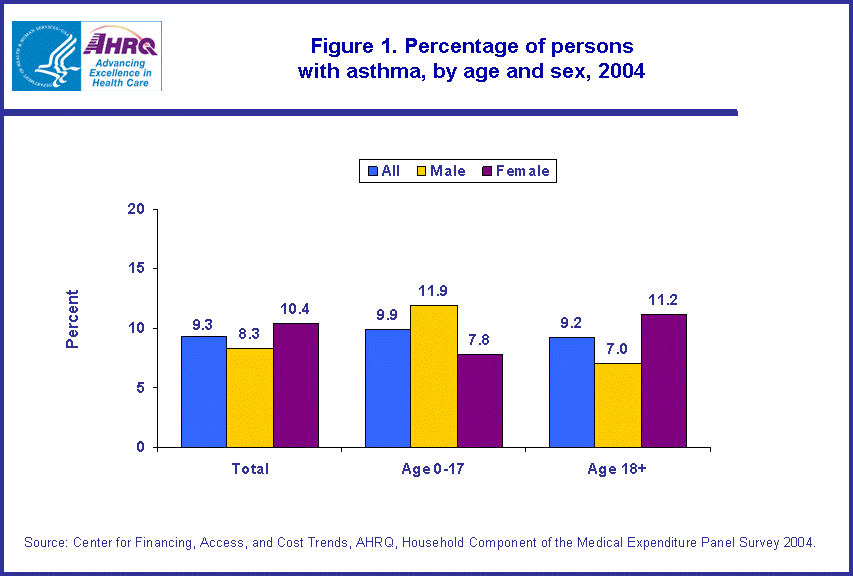 |
||||||||||||||||||||||||
|
||||||||||||||||||||||||
|
|
||||||||||||||||||||||||
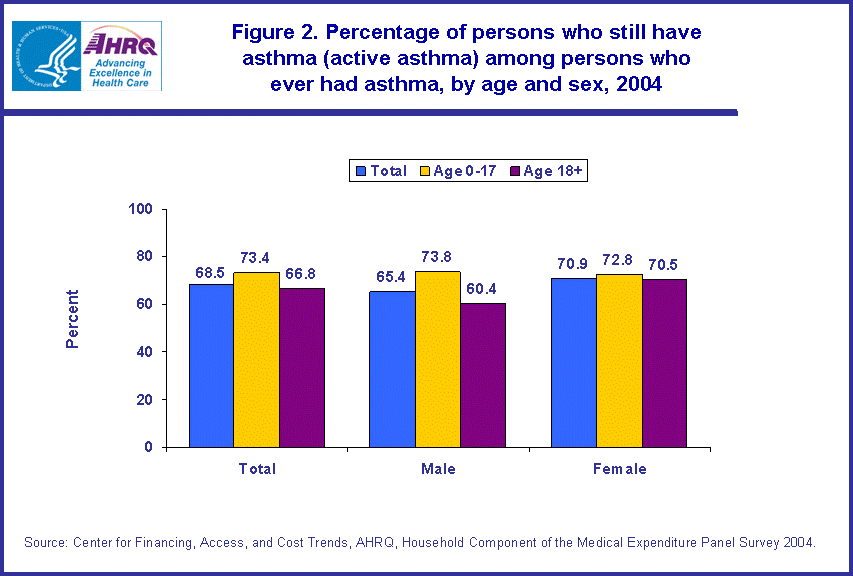 |
||||||||||||||||||||||||
|
||||||||||||||||||||||||
|
|
||||||||||||||||||||||||
 |
||||||||||||||||||||||||
|
||||||||||||||||||||||||
|
|
||||||||||||||||||||||||
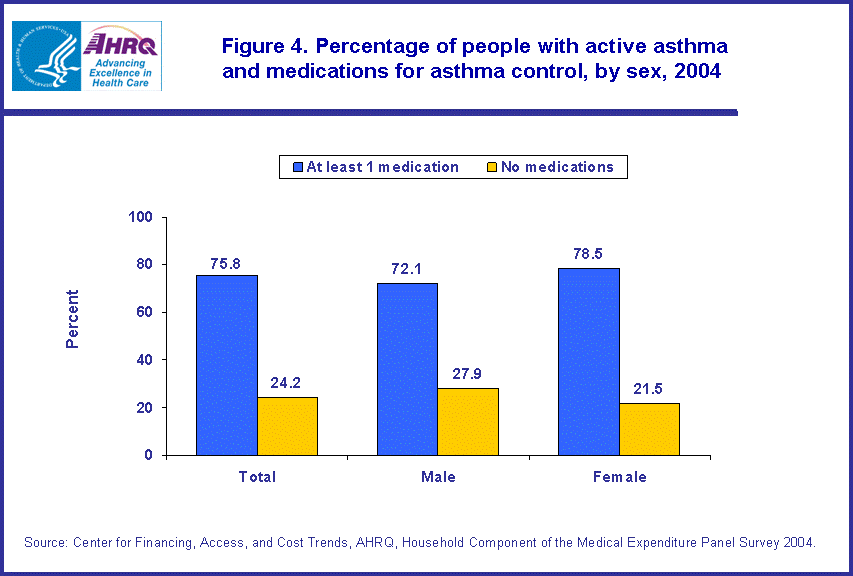 |
||||||||||||||||||||||||
|
||||||||||||||||||||||||
|
|
||||||||||||||||||||||||
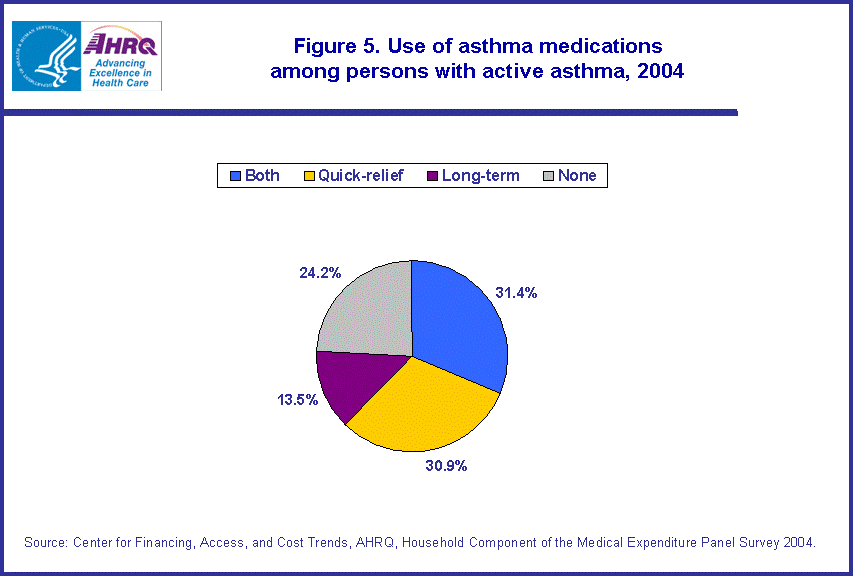 |
||||||||||||||||||||||||
|
||||||||||||||||||||||||
|
|
||||||||||||||||||||||||
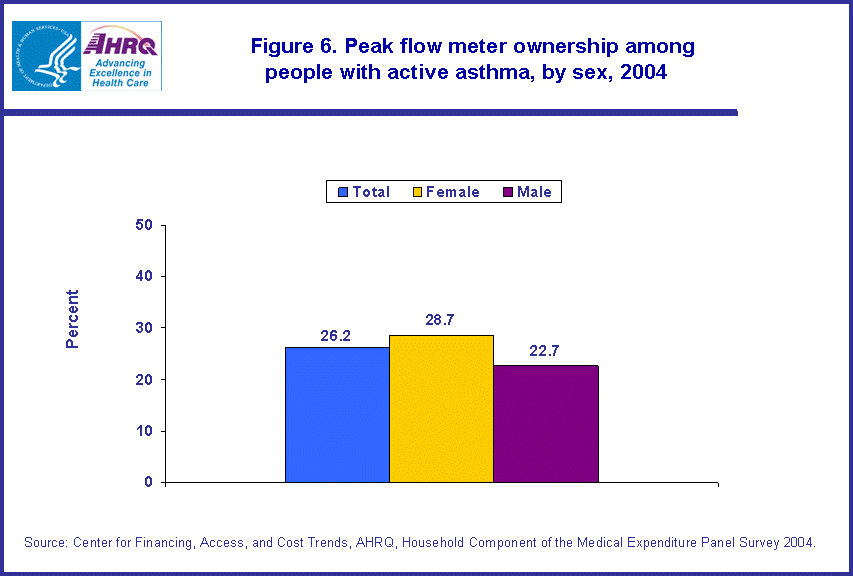 |
||||||||||||||||||||||||
|
||||||||||||||||||||||||
|
|
||||||||||||||||||||||||


